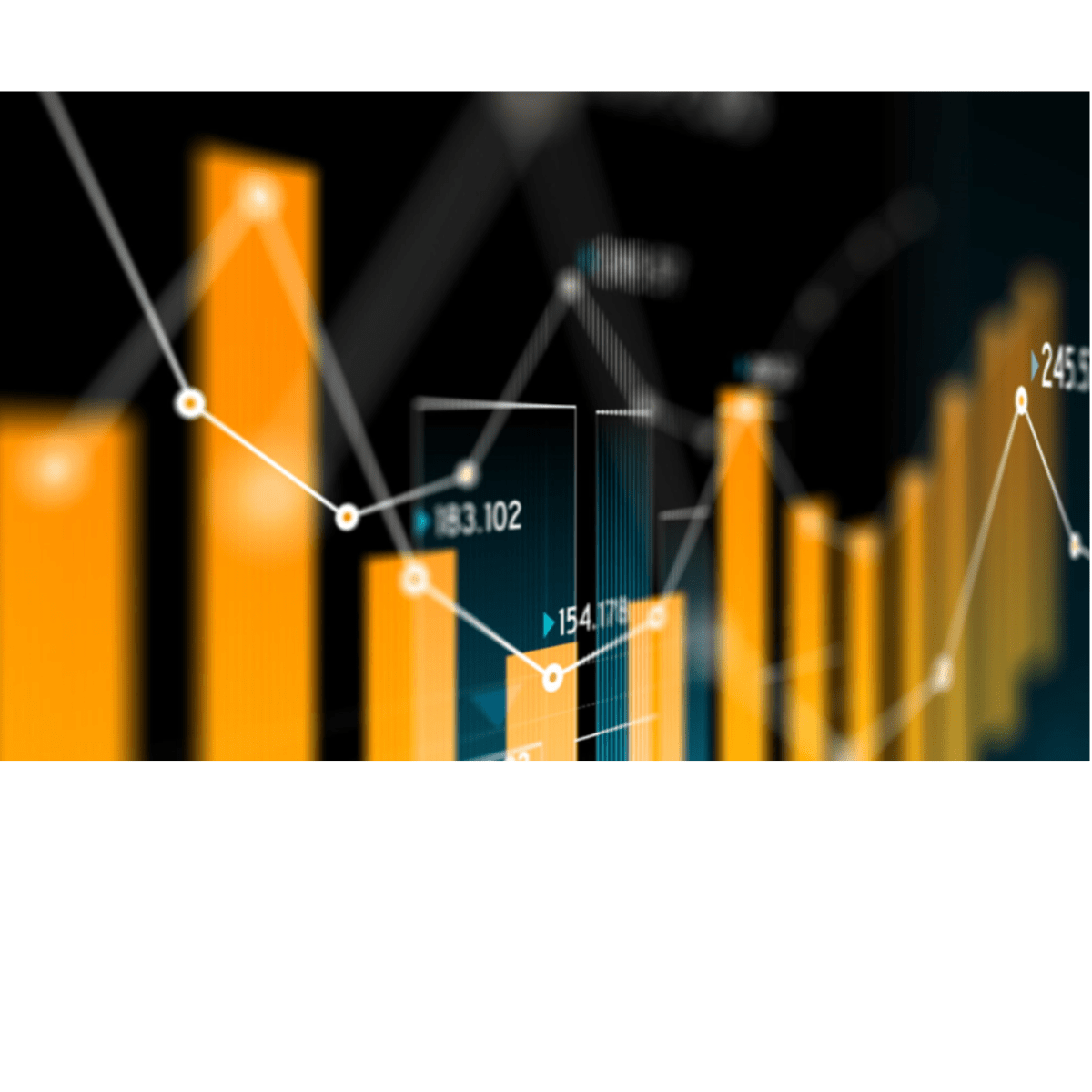The latest trends in cost engineering

What is cost engineering and why are trends important?
Cost engineering is a key factor for the competitiveness of modern companies. But what is currently driving the industry? In this article, we highlight the most important trends and show how companies can optimize their cost structures through digitalization, sustainability and agile processes.
Digitalization and automation in cost engineering
The digital transformation does not stop at cost engineering. Automated tools and AI-supported analyses make it possible to calculate costs precisely and make well-founded decisions more quickly.
Important for companies:
Cloud-based platforms for real-time analyses
Automated error detection and cost estimation
Sustainability as a key trend
Sustainability is playing an increasingly important role. Companies that prioritize environmentally friendly materials and energy-efficient processes not only reduce their costs in the long term, but also strengthen their brand.
Topics in focus:
Life cycle cost analyses
CO₂ balance along the supply chain
Agility in cost management: react faster
Rigid cost approaches are a thing of the past. Agile cost management makes it possible to react quickly to changes and take advantage of market opportunities.
Advantages of agile methods:
Regular updating of the cost calculation
Flexibility in the event of unforeseeable market developments
Artificial intelligence and big data are revolutionizing cost analysis
Big data and AI open up new possibilities in cost engineering. Real-time data analyses help to identify cost drivers and exploit potential savings.
Top technologies:
AI-supported pattern recognition
Automated data processing
Interdisciplinary collaboration for better results
Successful cost engineering requires collaboration between different departments such as purchasing, production and sales. Integrated platforms promote transparent communication and efficient decision-making processes.
Conclusion:
The trends in cost engineering - from digitalization to sustainability and agility - offer companies immense opportunities. Take advantage of these developments to optimize costs and secure your competitiveness.



.svg)








































































